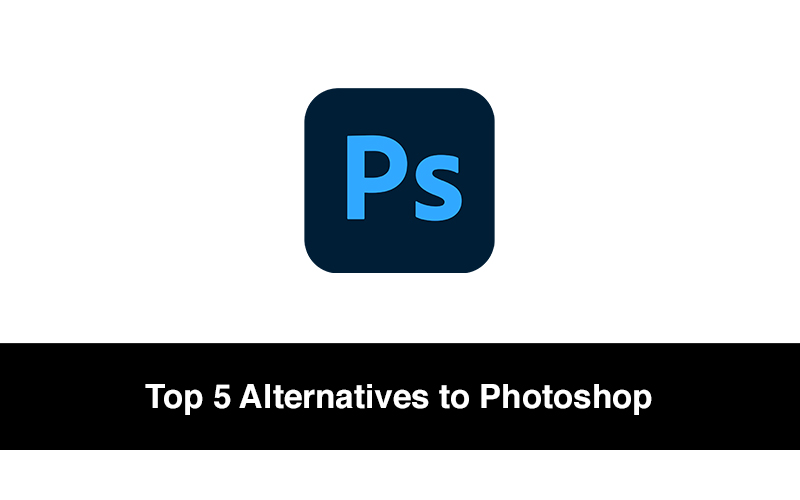
Only a few years ago people used to have lots of skills to edit photos. Yet, today users can do it on their computers. The most obvious program is Photoshop. But what if you want to save money on online slot machines or paying for your Netflix subscription? In this case, the following alternatives are the best.
1. GIMP
GIMP is today the most famous free alternative to Photoshop, i.e. the most powerful multipurpose free graphic editor on the software market. The basic functionality of the classic Photoshop is fully implemented here:
- Image editing.
- Creating collages, posters, drawings from scratch.
- Preparation of book layouts and design prototypes for websites.
The editor supports all common graphics formats. The program is available on all popular operating systems for PC: MacOS, Linux, Windows.
2. Paint.NET
The creators of Paint.NET wanted to develop an alternative to the standard Windows graphics editor. Once the initial goal was achieved, the editor continued its development and in its latest versions was able to compete with more serious software such as Photoshop and Illustrator. Here are some of the features of Paint.NET:
- Working with layers as in commercial counterparts.
- Full editing history with the ability to go back to any stage of working with graphics.
- Free plugins for most common tasks.
- Basic Photoshop effects.
With all the advantages Paint.NET has obvious disadvantages. The program requires the .NET Framework 4.8 package and the latest Windows updates.
3. Pinta
Pinta is a bitmap image editor. The program was conceived as a simpler and faster version of Paint.NET not only for Windows, but also for various platforms: the download page has editors for Ubuntu, MacOS, FreeBSD.
The developers wanted to make the editor simple and understandable, so they did not overload the interface and made it closer to the standard Paint from Windows.
The editor processes all popular graphic formats, remembers the stages of work with the image, supports working with layers, has more than 35 built-in effects, which are enough for easy editing and processing of images, creating simple collages.
4. LazPaint
LazPaint is a simplified version of the Paint.NET graphic editor. The program allows you to work with graphics on the weakest machines. Large raster images really load a few milliseconds faster than in GIMP and Paint.NET.
LazPaint has the features inherent in Photoshop, but with some limitations:
- Working with layers, Illustrator risks mixing imported objects.
- Support for .psd files can not be called complete – only the import from Photoshop files is provided.
- Working with textures, in our opinion, is too difficult, without experience in Photoshop and reading the instructions will be difficult to understand.
4. Pixia
The Japanese editor Pixia was released for the first time on November 12, 1998. The program was positioned as a tool for graphic designers, anime and manga authors. Later the project became widely known and, accordingly, attracted a mass audience.
The main conceptual feature of this software is a good support for Wacom graphics tablets, popular among artists and illustrators. By combining hotkeys and a tablet, it’s really possible to quickly gloss over photos, draw and color a simple drawing, and if you want, a diagram. Pixia is compatible with the proprietary Photoshop (.psd) format, so this editor can be used for prototyping sites, designing books and brochures. However, the Japanese program is still far from reaching the heights of the Illustrator package.

Contents In This Article